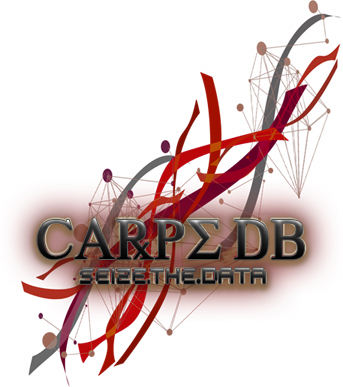
1. Molecular mechanisms underlying increased hippocampal excitability in human temporal lobe epilepsy (TLE) are largely unknown. A disturbance of the imbalance between excitatory and inhibitory neurotransmission pathways in the epileptic hippocampus may contribute substantially to a decreased seizure threshold. 2. We have extended the investigation whether TLE is associated with changes in the expression of GAD67 and NMDAR1 by assessing the relative amounts of the mRNAs in human hippocampal samples by means of semiquantitative RT-PCR. The samples included 16 hippocampal slices obtained at surgery from intractable TLE (HS, n = 14; non-HS, n = 2) and 3 postmortem control hippocampi. 3. The ratio for the GAD/NMDAR1 transcripts was significantly higher in TLE cases when compared to the nonepileptic samples. Such findings are mainly a consequence of the increased amounts of GAD mRNA detected in the epileptic hippocampus. Compared with nonepileptic samples, and without correction for neuron losses, the amounts of NMDAR1 mRNA in HS are slightly reduced, and in the non-HS samples they are significantly increased, which is consistent with an increase of NMDAR1 in the hippocampal remaining neurons, as previously reported. 4. Our results also contribute to the indication of GAD67 mRNA upregulation in human TLE. A possible functional implication for the increased GAD mRNA levels could be a mechanism to reduce neuronal hyperexcitability, synchronization, and/or the spread of seizure.
[Submit New Annotation]